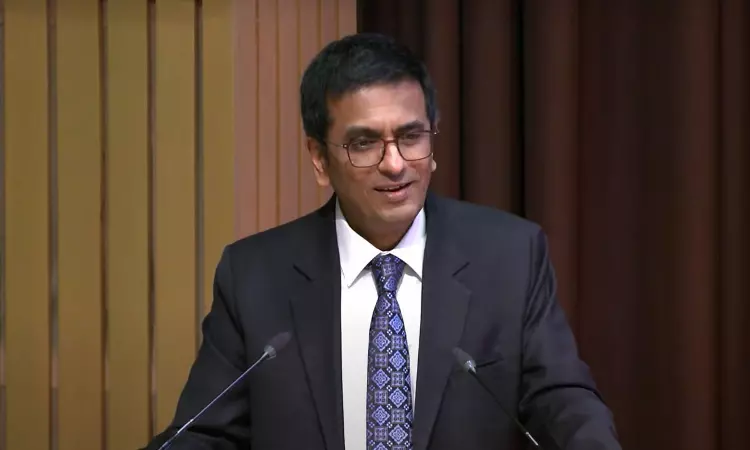On Humanizing Law : CJI DY Chandrachud's Address At Oxford University
Anmol Kaur Bawa
30 Jun 2024 4:41 PM IST

Next Story
30 Jun 2024 4:41 PM IST
Chief Justice of India DY Chandrachud recently spoke on the theme of 'Role of Law In The Lives Of Those It Affects' at Oxford University. In his address, he spotlighted the issue of law which dehumanises the essence of democratic living and how an 'effects-oriented' approach by the judiciary helps 'Re-humanize' the law.In the heart of his address, the CJI emphasized the need to approach the...
